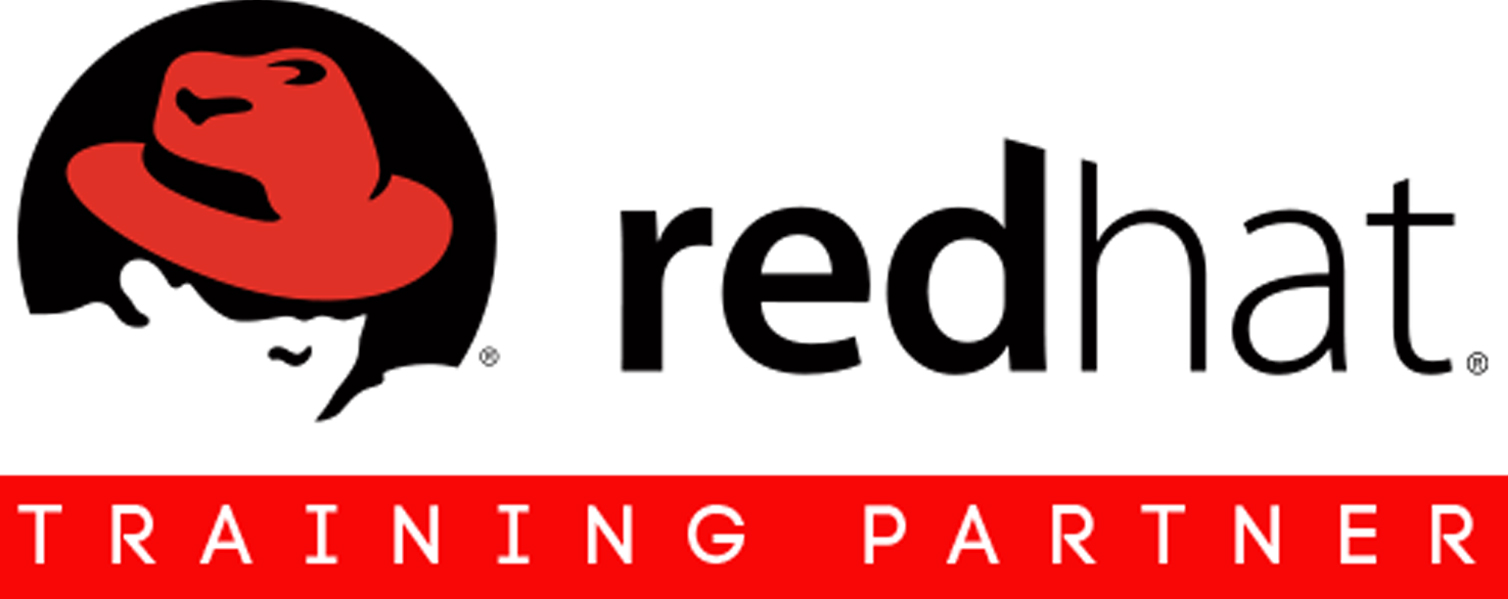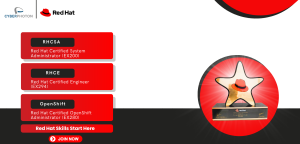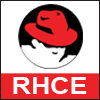This DevOps Training is to make an individual expert in all Concepts form the Basics. Latest trend of the market in the mind its designed to make you a self learner in DevOps world. This Course is Provided by the Real-Time professionals to make you understand the Real-Time IT Scenario’s and Problems.


Enroll for DevOps Demo Class
[contact-form-7 id=”13031″ title=”DevOps Training Enquiry”]
Part 1:DevOps Introduction
- Understanding Development
- Development SDLC : WaterFall & Agile
- Understanding Operations
- Dev vs Ops
- DevOps to the rescue
- What is DevOps
- DevOps SDLC
- Continuous Delivery model
- DevOps tools for DevOps SDLC
- DevOps Roles & Responsibilities
Part 2: OS, Virtualization & Networking Linux Quickstart
- Linux Introduction, Principles & Linux distro
- Command line utilities & Basic commands
- Linux Filesystem
- Text Editors (VIM)
- Filters & I/O Redirections
- Users & Group administration
- File permissions & Ownerships
- Sudo
- Software Management: Redhat & Ubuntu
- Useful tools: ssh, telnet, scp, rsync, disk utils, backups etc
- Service & Process management
- Systems and HW stats
Networking fundamentals
- Components of computer networks
- Classification: LAN, WAN, Peer to Peer network, Server based
- Switches
- Routers
- Network Architecture
- Protocols
- Port numbers
- DNS
- DHCP
- IP Addresses
- Ip Addresses & Subnet Masks
- IP Address Ranges
- Subnetting
- Private Vs Public networks
- High Availability
- Firewalls & NACL
Web Application Architecture
- Infrastructure
- Network layout
- Services & Components
- Databases
- Datastores
- Architecture from a DevOps perspective.
Virtualization
- Introduction & Real time use cases
- Hypervisors
- Virtualbox
- Vagrant
- Vagrant on windows
- Vagrant on Linux
- Vagrant Cloud
- Automating virtual machines
- Vagrant & virtualbox for Lab setup
- Create & Manage your own Lab on any computer
Part 3 Cloud Computing
- Introduction to cloud computing.
- DevOps & Cloud
- Public, Private & Hybrid cloud
- IAAS, PAAS & SAAS
- Cloud computing & DevOps
AWS
- Introduction to Public cloud with AWS
- Setup your own account and Manage it
- IAM: Manage users, groups, roles & policies
- Secure your AWS account
- Ec2 services: Instances, AMI, EIP, Security groups, key pairs
- EBS: Manage Volumes for ec2, backups & restores
- ELB: Load balance your own website
- S3: Use S3 to host websites & as a centralised storage
- RDS: Setup & Manage your own Highly available Database
- Ip Addresses & Subnet Masks
- VPC: Setup Highly Available & Secure network on AWS
- CloudWatch: Monitor you AWS setup
- Autoscaling with ELB
- Beanstalk: Setup and automated deployments
Scripting Concepts
- Scripting Introduction
- Learn Shell Scripting
- Database Concepts
- Shell Variable
- Shell Decision Making
- Shell Test Conditions
- Shell Loops
- Shell Redirectors
- Shell Exit status
Part 4 Automation, Orchestration & Config Management Version control with Git
- What is VCS & why it is needed
- DevOps use cases
- Setup your own repo with git
- Manage your code base/source code with GIT & GITHUB
Continuous Integration with Jenkins
- Introduction to continuous integration.
- Build & Release and relation with DevOps
- Understanding development and developers
- Why Continuous integration
- Jenkins introduction and setup
- Jenkins projects/jobs
- Jenkins plugins
- Jenkins administration:
- Users
- Nodes/slaves
- Managing plugins
- Managing software versions
- Introduction
- Phases
- Java builds
- Build and Release job/project setup
- Nexus:
- Intro & Setup
- Software versioning & Hosted repository
- Integration with Jenkins
- Continuous integration job/project setup
- Complete Jenkins project:
- Packaging Artifacts
- Static code Analysis
- Tomcat setup Staging & productions
- Artifacts deployments to web servers from Jenkins
- Build Pipeline
- Jenkins not just CI tool anymore
- More DevOps use cases of Jenkins
Ansible
- Configuration Management & Automation
- What is Ansible & its features
- Ansible setup on local & cloud
- Understanding Ansible architecture & Execution
- Inventory
- Ad hoc commands: Automating change Management with Ad Hoc commands
- Playbook Introduction
- Ansible configuration with ansible.cfg
- Ansible documentation
- Modules, modules & lots of modules
- Writing playbook for web server & DB server deployments
- Tasks
- Variables
- Templates
- Loops
- Handlers
- Conditions
- Register
- Debugging
- Ansible Roles
- Identify server roles
- Roles structure
- Creating, Managing and executing roles
- Ansible Galaxy
- Exploring Roles from Galaxy
- Download Galaxy roles and integrate with your code
- Ansible Advanced Execution
- Improving execution time
- Limiting and selecting tasks
- Troubleshooting and Testing
Puppet
- Config Management with Puppet
- Difference between Puppet & Ansible
- Puppet server & agent setup
- Writing puppet manifests
- Managing multi OS(RedHat & Ubuntu) with puppet
- Setup LAMP Stack with Puppet
- Resources
- Variables
- Selectors
- Classes
- Variables
- Conditions
- Modules
- Puppet Forge modules:
- Apache
- VCS
- Firewall
- Mysql
- Templates
- Hiera
Continuous Delivery project
- What is continuous delivery & why its needed
- Continuous delivery vs Continuous deployments
- Overview of the project
- Infrastructure setup for the project
- Integrating, AWS, Git, Jenkins, Nexus, Ansible, Webservers & DBservers
- Project execution step by step.
- Build triggers
- Build Pipeline
- Deploy latest/old/any version of artifacts
Part 5 Dockers, Containers and Kubernetes
- What are containers
- Difference between VM’s & Containers
- Hypervisor Vs Docker Engine
- Docker Introduction
- Docker installation
- Images & containers basics
- Images
- Docker Images Deep Dive
- Docker Hub
- Pull & Push images
- Building your own Image with Dockerfile
- Docker & Jenkins integration
- Hosting & Managing Images
- Containers
- Deep Dive
- Running, Stopping, Deleting, Inspecting & Managing containers
- Docker networking
- Web server examples
- Local Development workflow
- Docker Compose
- Automated WorkFlow/ Continuous delivery of dockers
- Docker Orchestration with Kubernetes
- Microservice Architecture
- Why Containers for microservices
- Kubernetes Intro & Architecture
- Kubernetes setup
- Running docker containers on kubernetes
- Kubectl
- Pod
- Service
- Replication controller & Set
- Deployment
- What’s Next in Container world
DevSecOps
- Information Security Overview
- Security Threats and Attack vectors
- Hacking concepts
- Hacking phases
- Attack Types
- Penetration Testing
- DevOps & PenTest
- Pen Test tools
- Kali Linux OS
- Vulnerability Assessment tools
- Metasploit
- Nmap
- Nessus
Part 6: More DevOps tools (Optional)
- Chef
- Chef Overview and comparison with Ansible & Puppet
- Understanding chef concepts.
- Writing chef recipes
- Creating cookbooks
- Hosted chef server
- Knife
- Bootstrapping/ adding nodes
- Roles
- Berkshelf
- Setting up your own chef server
- Managing chef from Chef UI
- Data Bags
- Chef supermarket
- Monit
- SonarQube integration with Jenkins
- Troubleshooting issues in DevOps implementations
- AWS automation with Ansible
- AWS cli, S3fs & S3cmd
- Terraform
- DevOps job profiling, Interview questions.
- How to keep up with DevOps latest tools





